Oradian is a financial inclusion company that enables financial institutions in the emerging markets to know and control better their portfolios by digital transformation. Its cloud-based financial software provides access to capital for over a million impoverished people. Oradian helps financial services to increase quality and speed and cut costs and fraud.
Antonio and I had a call where we touched on several topics among many such as keeping up motivation, how to deal with challenges, how to enter new markets, the concept of product-market fit.
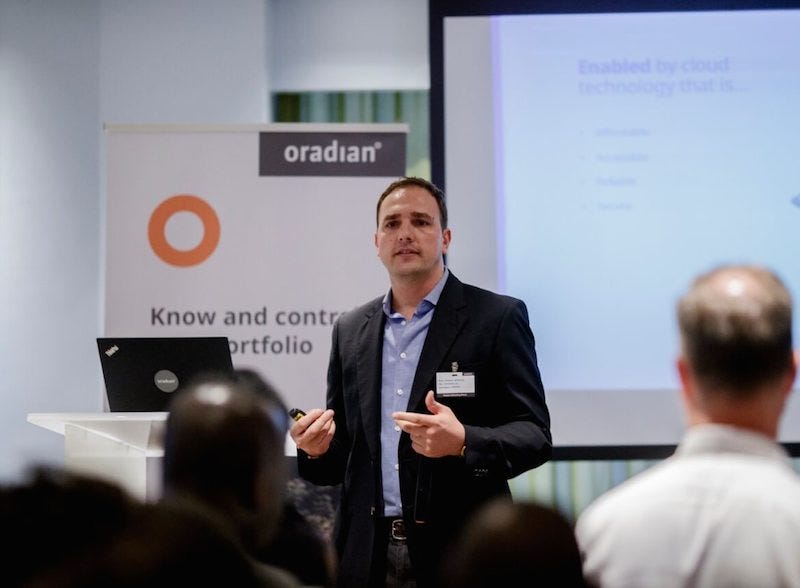
What did make you start Oradian?
Oradian started with the vision of enabling financial institutions to grow and serve more clients by offering them the right toolset. For years, I was working with microfinance institutions and I saw that they weren’t getting their money’s worth. The technology they were using didn’t meet their needs and I recognised many issues that digitisation could solve — even in the most remote and least accessible parts of the world. We wanted MFIs to know and control their portfolios and dedicate more time to servicing their clients instead of wasting resources on manual data capture. We had the vision to help solve the problem of financial inclusion and this is still our key driver.
What fuels your and the team’s motivation?
We set out on this path to unleash the potential of microfinance by offering a toolset in frontier markets and boost financial inclusion around the world — that’s our long-term mission and motivation. On a more practical level, we fuel enthusiasm by asking ourselves the right questions that keep us moving forward. The smallest details are aligned with the big picture and the impact that we are making is visible — this is what continuously drives the entire team.
What was the toughest period Oradian went through and how did you overcome it?
Two situations come to mind. The first was at the beginning, when we found ourselves trapped with catch 22. You have to figure out how to build something resource-intensive with the acute lack of resources. We started in Croatia, in a low-cost environment, and targeted markets outside of Europe. We faced multiple problems — one was building a team and building it on a continent away from us made it an even greater challenge. The second was in building the company. We quickly learned that we needed to prioritise by laying out our one-year objectives and overcoming obstacles that were crucial to meeting those objectives. In this way, really relevant issues became much more obvious.
How do you decide to launch new markets? How do you prioritise them?
Frontier markets are very captivating. The question is often how to enter a new market. What is the human element, what is pulling you in — is it the customers or the market? We are constantly learning about the best angles to enter, yet we are always prepared for the worst. We need to be aware of a given business environment before the launch and usually that entails local connections and politics. Before setting your foot in the door, you always need to look at the winds and the current of a market.
What is your future outlook for Oradian in the coming years?
Optimistic. That is why we are doing what we do. The fact that we are solving an enormous global issue — 2 billion adults currently unbanked across the globe — puts us in a position that if we do don’t do anything, metrics will still get better, and if we work harder, metrics will grow even faster.
So, is Oradian a case for product-market fit?
We partner with financial institutions that serve over 2 million end-clients and the same vision that we had at the beginning, but the vision has to be shared by other stakeholders for all of us to succeed. We have to get the market on board by educating, so there is still much work to be done.
Did you foresee the “market education” challenge at the launch?
Yes — and we thought that a great company would best address that challenge — one that perceives the importance of everything surrounding its product. With expertise in microfinance and technology, and by offering advanced training and implementation programmes, we guide our customers in their journey to digital transformation.
Read from the original source: Medium
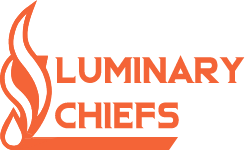
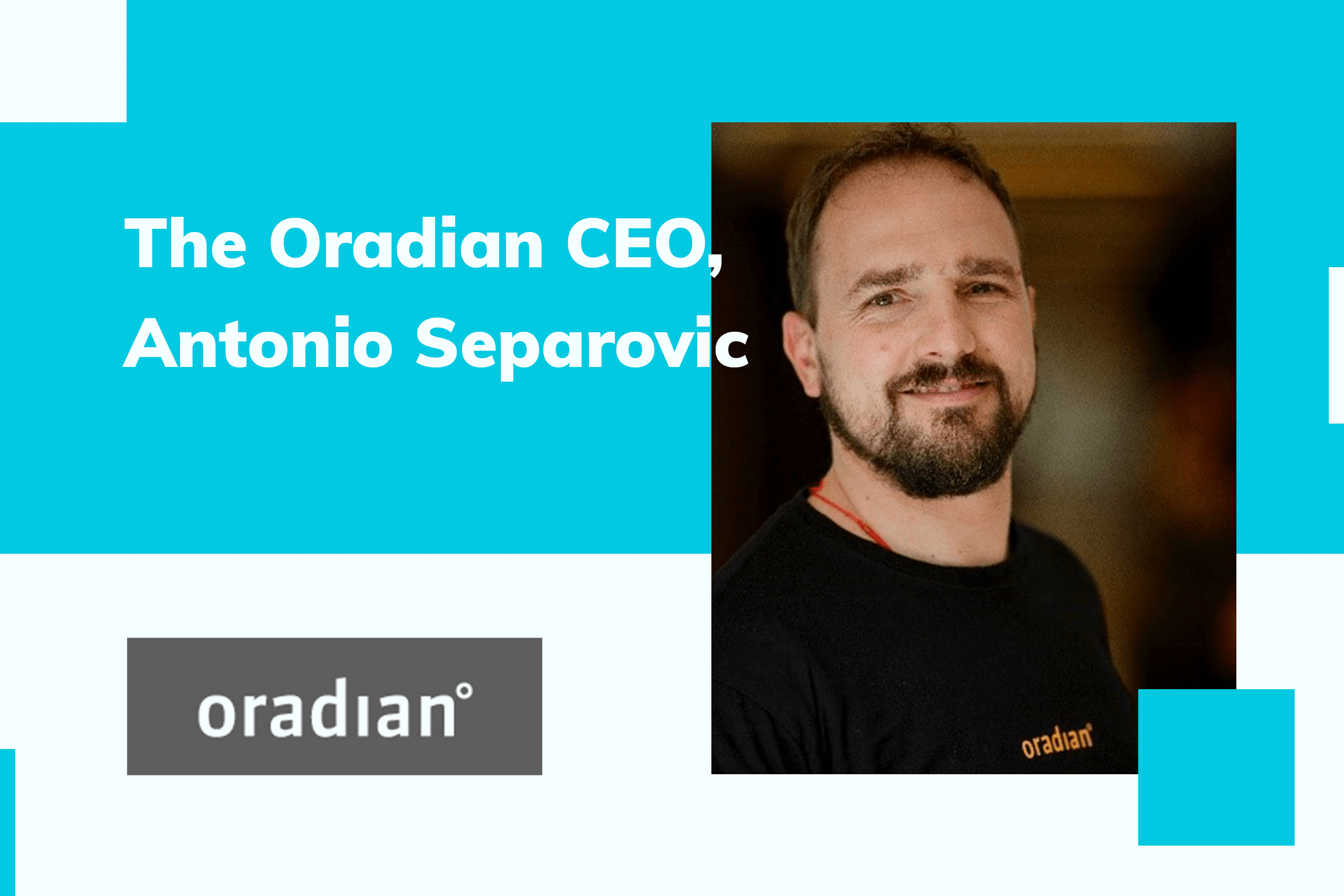
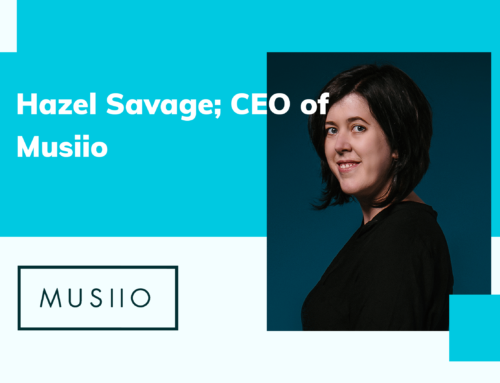
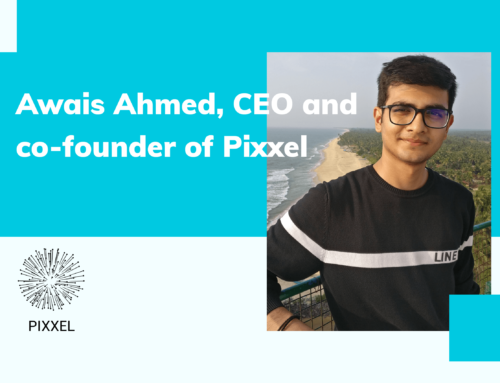
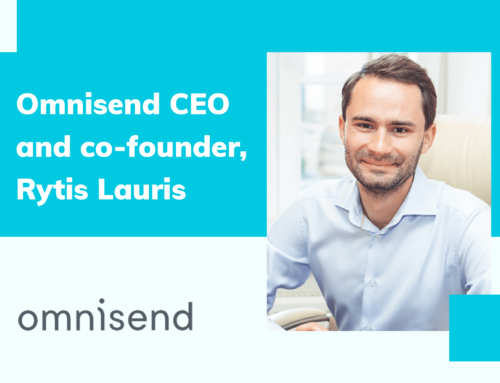
Posted by
Marta Hi! I'm Marta, project manager for Luminary Chiefs. Here to help, post and make sure everything looks great for you.